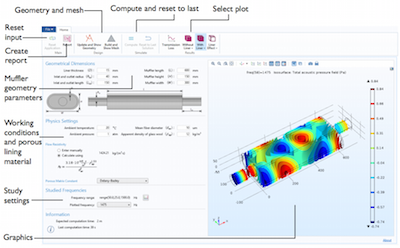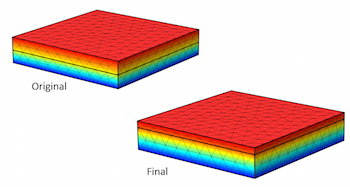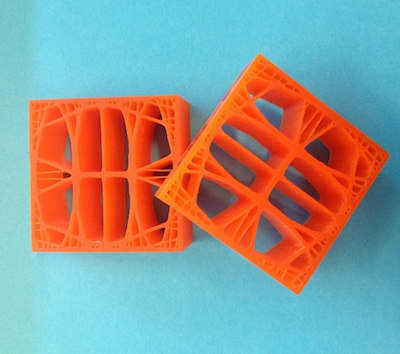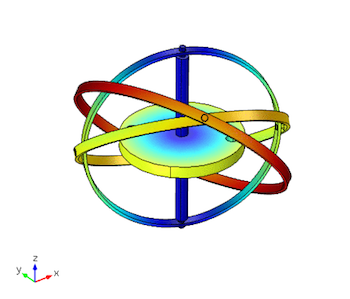Latest Posts

Simulating the Motion of a Self-Stable Bicycle
Did you know that modern bicycles are designed to be self stable? They’re good at keeping balance while moving uncontrolled. You can simulate this effect in COMSOL Multiphysics®.

App: Ensuring the Efficiency of an Absorptive Muffler Design
We discuss a simulation app that lets engineers easily modify the dimensions of an absorptive muffler design, its ambient working conditions, and the material properties of the porous liner.

Designing New Structures with Shape Optimization
Get a comprehensive background on using shape optimization to design new structures, with the example of a classical beam thickness problem.

Using Simulation in the Race Against Corrosion
A German research institute and a well-known car manufacturer joined forces to investigate the corrosion occurring in automotive rivets and sheet metal. Get the full story.

Changing the Dimensions of a Model Using Shape Optimization
If your model has a single objective function to be improved, a set of geometric parameters to be changed, and a set of constraints, you can find the optimal structure without any remeshing.

TNO Advances Virtual Material Design in 3D Printing
Researchers at the Netherlands Organization for Applied Scientific Research (TNO) are investigating how 3D printing can be applied to material design. Get the full story.

Modeling the Dynamics of a Gyroscope
Gyroscopes and spinning tops aren’t just old-fashioned toys. Using models of these 2 structures, we illustrate the remarkable properties of rotating bodies.

Testing the Safety of Reinforced Concrete Beams with an App
The Parameterized Concrete Beam demo app is based on a model of a reinforced concrete beam. It can be used to easily compute the beam’s deflection and axial stress over a range of parameters.
